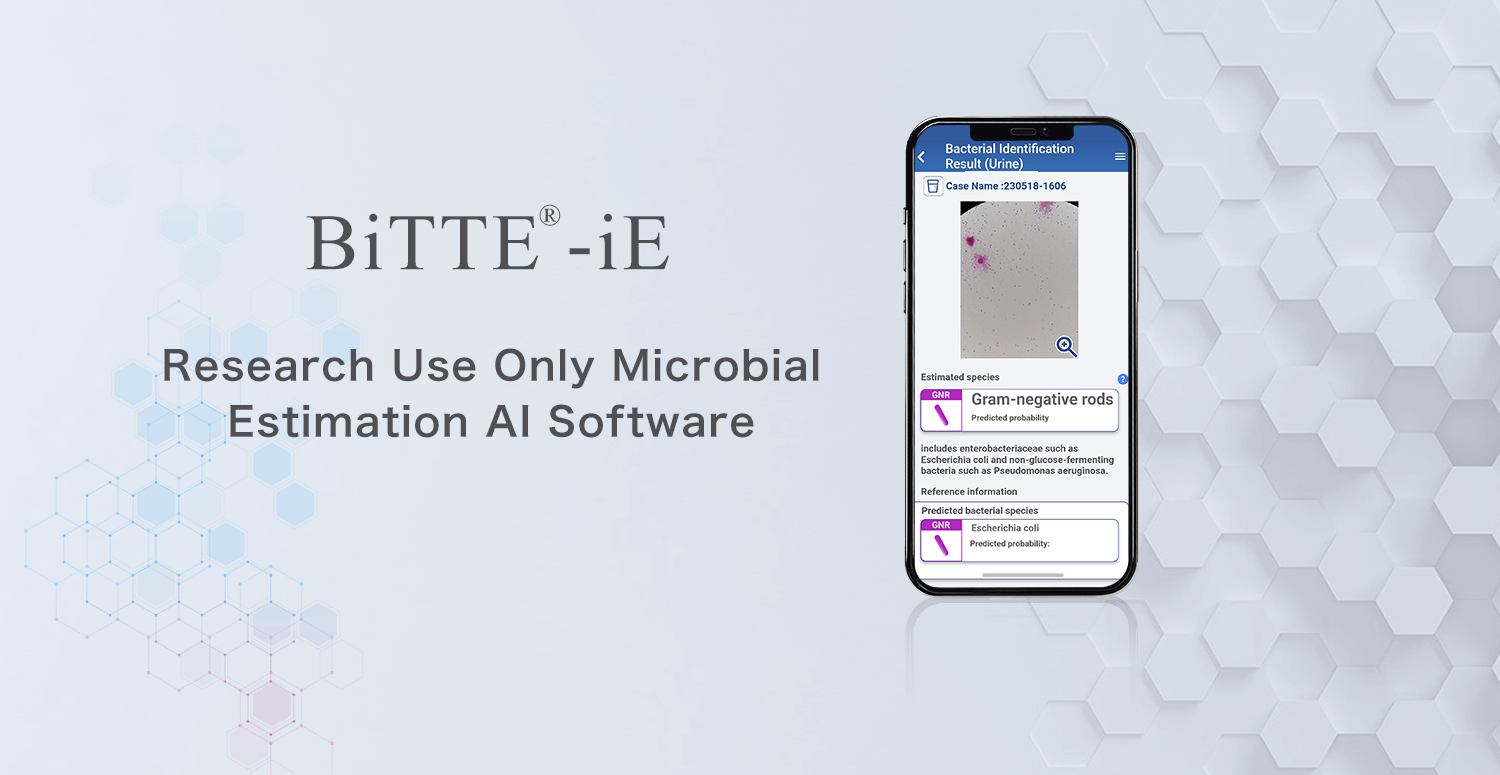In 2019, we participated in a clinical needs matching meeting hosted by the Tokyo Metropolitan
Organization for Medical Innovation HUB and heard about the clinical needs of the Disease Control and
Prevention Center of the National Center for Global Health and Medicine.
The center had a need to develop image AI to estimate the type of bacteria on Gram stained images
related to bacterial infections and wanted to use it as an application in anticipation of its use not
only in Japan but also in developing countries where drug-resistant bacteria are a problem. Since the
image analysis technology had already been established by the parent company, NexGeM Inc., we introduced
our capability.
Preliminary analysis was conducted on the sample data, and since relatively high accuracy was achieved,
we started a joint research project with the National Center for Global Health and Medicine in April
2020. In October, we also started joint research with Kobe University. I remember how excited and
humbled I was to learn from the O'Neill Report and other reports that drug resistance is a major problem
worldwide, and to realize that the image analysis technology we have cultivated could make even a small
contribution to a problem that has such a large social impact.
We will continue to understand the needs of our customers and make every effort to further improve the
accuracy of our products.
General Manager
Isao Miyatsuka
